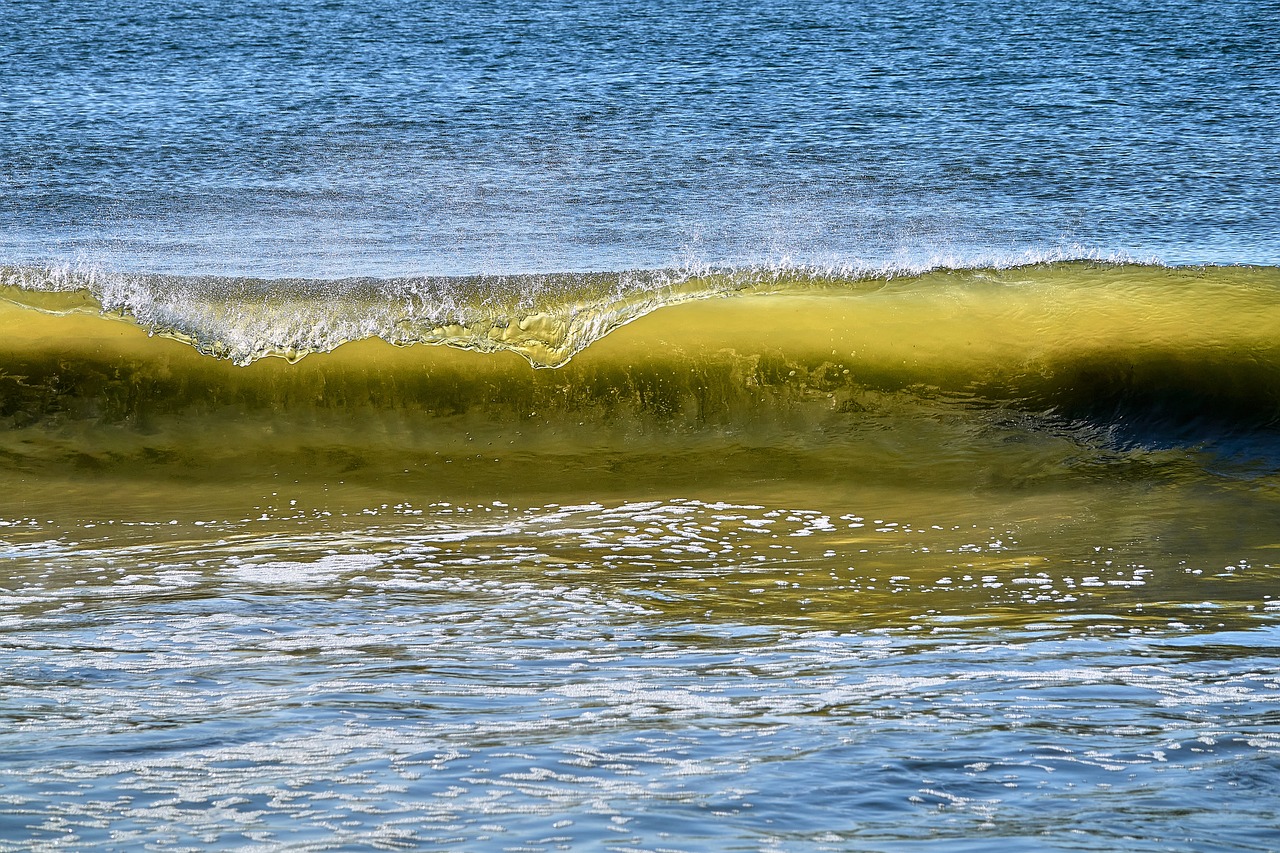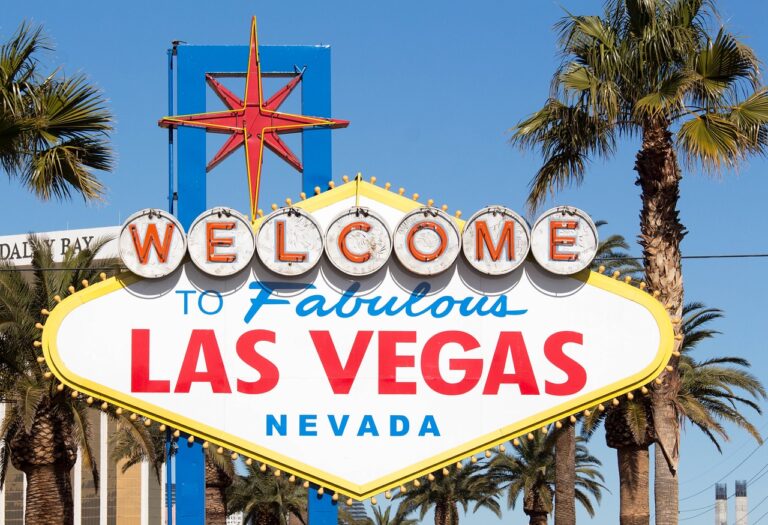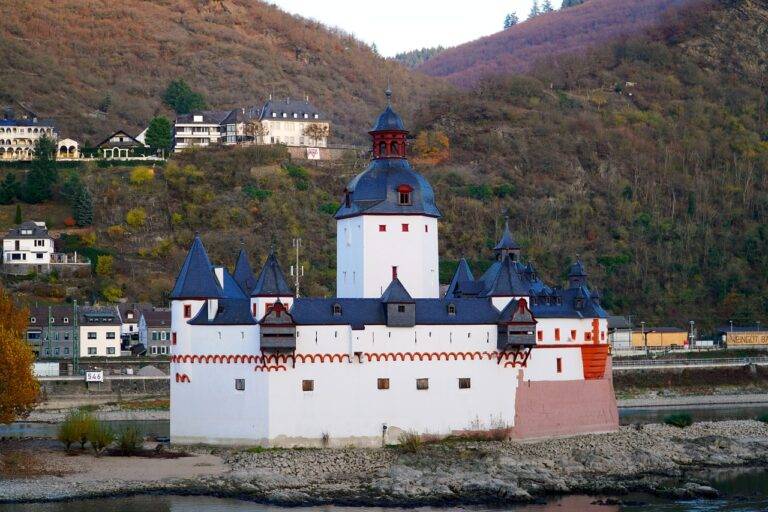Exploring Urban Jungles: Nature-Based Tourism in Cities Around the World
When one thinks of city centers, bustling streets, towering skyscrapers, and lively cultural hubs often come to mind. However, hidden amidst the urban chaos are natural attractions that offer respite and tranquility to both locals and tourists alike. From serene parks and gardens to pristine rivers and lakes, these pockets of nature provide a much-needed escape from the concrete jungle.
City planners have recognized the importance of preserving and incorporating natural attractions into urban landscapes. These green spaces not only enhance the aesthetic appeal of city centers but also contribute to the well-being of residents. By providing opportunities for relaxation, recreation, and connection with nature, these natural attractions play a vital role in fostering a sense of community and promoting a healthier, more sustainable way of living.
Benefits of Nature-Based Tourism in Urban Areas
Nature-based tourism in urban areas offers a unique opportunity for city dwellers and tourists to connect with the natural world amidst the hustle and bustle of city life. By integrating green spaces, parks, and outdoor recreational activities into urban settings, individuals can rejuvenate their minds and bodies, leading to improved overall well-being.
These nature-based attractions provide a welcome escape from the concrete jungle, allowing visitors to relax, de-stress, and immerse themselves in the beauty of the natural environment. Not only does nature-based tourism in urban areas support mental health and physical fitness, but it also fosters a sense of community and environmental stewardship among residents and visitors alike.
Innovative Green Spaces in Metropolises
Urban areas are constantly evolving to incorporate more green spaces within city centers to provide residents with access to nature. These innovative green spaces offer a refreshing escape from the bustling city life, allowing individuals to relax and rejuvenate in a tranquil environment. With features like urban parks, rooftop gardens, and green rooftops becoming increasingly popular, cities are embracing the benefits of integrating nature into urban landscapes.
In addition to promoting mental and physical wellbeing, green spaces in metropolises also contribute to environmental sustainability by enhancing biodiversity and reducing the urban heat island effect. By incorporating vegetation and green infrastructure into city planning, urban areas can mitigate the impacts of climate change and create healthier living environments for their residents. These innovative green spaces serve as a testament to the harmonious coexistence of nature and urban development, showcasing the potential for cities to thrive while preserving the natural world.





